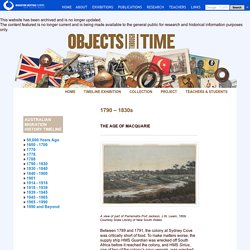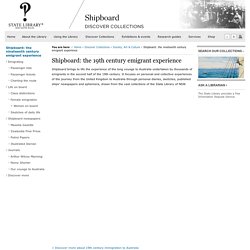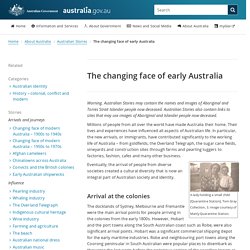

Meet the woman who crossed the world to marry a man from a photo. Insight pays tribute to the thousands of women who migrated to Australia in the 50s, 60s and 70s to build lives with men they’d never met.

Promised Brides, Tuesday May 14 at 8:30pm on SBS and SBS On Demand. Stamatina Frossynos, Tina to her family and friends, is now 88 and living in Melbourne surrounded by her large family who she’s intensely proud of. Life has turned out well for Tina who at 25-years-old made the life-changing decision to cross the world to marry a man who she’d only seen a photo of. Tina grew up in the Greek coastal village of Porto Heli in a family of eight children. Her education finished after primary school as she was the oldest daughter and required to help her mother raise the other children. At the age of 25 she attended a party and joked, “Hey, everybody [is] together, married, boyfriend, what about me? Tina sent a photo to her future husband's mother who said, “I like that girl.”
The first photo Con and Tina sent each other. Supplied. Convicts and colonisers:the early history of Australia. Thomas Barrett was sentenced to death three times.

His first capital offence was in 1782 when, as a young boy, he was found guilty of stealing a silver watch in London. Barrett’s sentence was commuted and he was despatched instead to the North American colonies. However before his ship had left Britain there was a convict uprising that enabled Barrett to escape. His freedom was short-lived. Barrett was recaptured and the death penalty was again handed down for his actions. Barrett’s story illustrates a key idea to emerge from Australians, the first part of Thomas Keneally’s epic history of a continent and its people. Having been deprived of American colonies following the emergence of the United States, Britain in the 1780s was desperate to find an alternative territory for its miscreants. Letters from an exile at Botany-Bay to his aunt in Dumfries : giving a particular account of the settlement of New South Wales, with the customs and manners of the inhabitants / [T. Watling]
Australia's migration history timeline. A view of part of Parramatta Port Jackson, J.W.

Lewin, 1809. Courtesy State Library of New South Wales. Trove newspapers 1848-1957 : 'migration' History of immigration from England - Immigration Museum. Fact Sheet 5 – Emigration from Australia. On this page While most of the debate on migration concentrates on the numbers and characteristics of immigrants to Australia, emigration (that is, people leaving Australia) has increased substantially since the mid-1990s.

A total of 91 761 people indicated that they left Australia permanently in 2012-13, a 4.9 per cent drop from 2011-12. Background. Shipboard: the nineteenth century emigrant experience. Shipboard brings to life the experience of the long voyage to Australia undertaken by thousands of emigrants in the second half of the 19th century.

It focuses on personal and collective experiences of the journey from the United Kingdom to Australia through personal diaries, sketches, published ships’ newspapers and ephemera, drawn from the vast collections of the State Library of NSW. > Discover more about 19th century immigration to Australia. Changing face of early Australia. Warning.

Australian Stories may contain the names and images of Aboriginal and Torres Strait Islander people now deceased. Australian Stories also contain links to sites that may use images of Aboriginal and Islander people now deceased. Millions of people from all over the world have made Australia their home. Their lives and experiences have influenced all aspects of Australian life. In particular, the new arrivals, or immigrants, have contributed significantly to the working life of Australia – from goldfields, the Overland Telegraph, the sugar cane fields, vineyards and construction sites through farms and pearling luggers to factories, fashion, cafes and many other business. A lady holding a small child [Quarantine Station], Tom Gray Collection, 3. Eventually, the arrival of people from diverse societies created a cultural diversity that is now an integral part of Australian society and identity. Arrival at the colonies North Head Quarantine Station Ships at the quarantine station.